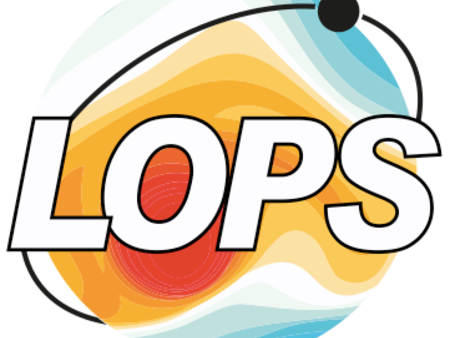Aline Zribi
Supervisors: Swen Jullien, Xavier Bertin (LIENSs) and Guillaume Dodet
Fundings: 50 % PPR FUTURISKS, 50 % IFREMER
Start date: 01/11/2023
This thesis is part of the first axis of the FUTURISKS project, which aims to enhance our understanding of the processes driving coastal erosion and flooding in French Overseas Territories (https://futurisks.recherche.univ-lr.fr/) These territories face high exposure to the consequences of climate change, as well as meteorological and marine hazards. Among these hazards, tropical cyclones, associated with intense winds of up to 250 km/h and massive floods, are extreme and devastating events (Pielke and al., 2008). However, forecasting and characterizing cyclonic events remain challenging, requiring accurate modeling of the cyclonic wind field, precipitation, wave field, and interactions between waves and coastal circulation.
In this context, the primary goal of this thesis is to reproduce and characterize some of the cyclonic events that have significantly impacted the French Overseas Territories since the 1980s. To this end, a coupled-modeling system will be used with the 3D atmospheric model WRF (Weather Research and Forecast), the spectral sea-state model WaveWatch III, and the ocean model CROCO (Coastal and Region Ocean Community model). Similar coupled-modeling systems have previously been employed for analogous simulations (e.g. Jullien and al., 2014 ; Pianezze and al., 2018). We will address the uncertainty of the modeled hazard associated with the representation of wind, precipitation and waves. Moreover, a database of synthetic cyclones will be generated with the STORM tool (Bloemendaal and al., 2022) to analyze the statistical representativeness of these historical events in terms of frequency of occurrence, long-term trend and mode of climatic variability.
In parallel with this thesis, which aims to characterize past cyclonic events and their representativeness in terms of risk for the French Overseas Territories, another closely related thesis will be conducted at LIENSs in La Rochelle, with the aim of studying at very high resolution the extreme sea levels and submersions associated with these past cyclonic events.
- Bloemendaal, N., Haigh, I. D., de Moel, H., Muis, S., Haarsma, R. J., & Aerts, J. C. (2020). Generation of a global synthetic tropical cyclone hazard dataset using STORM. Scientific data, 7(1), 40.
- Jullien, S., Marchesiello, P., Menkes, C. E., Lefevre, J., Jourdain, N. C., Samson, G., & Lengaigne, M. (2014). Ocean feedback to tropical cyclones: climatology and processes. Climate dynamics, 43, 2831-2854.
- Pianezze, J., Barthe, C., Bielli, S., Tulet, P., Jullien, S., Cambon, G., ... & Cordier, E. (2018). A new coupled ocean‐waves‐atmosphere model designed for tropical storm studies: Example of tropical cyclone Bejisa (2013–2014) in the South‐West Indian Ocean. Journal of Advances in Modeling Earth Systems, 10(3), 801-825.
- Pielke Jr, R. A., Gratz, J., Landsea, C. W., Collins, D., Saunders, M. A., & Musulin, R. (2008). Normalized hurricane damage in the United States: 1900–2005. Natural hazards review, 9(1), 29-42.





